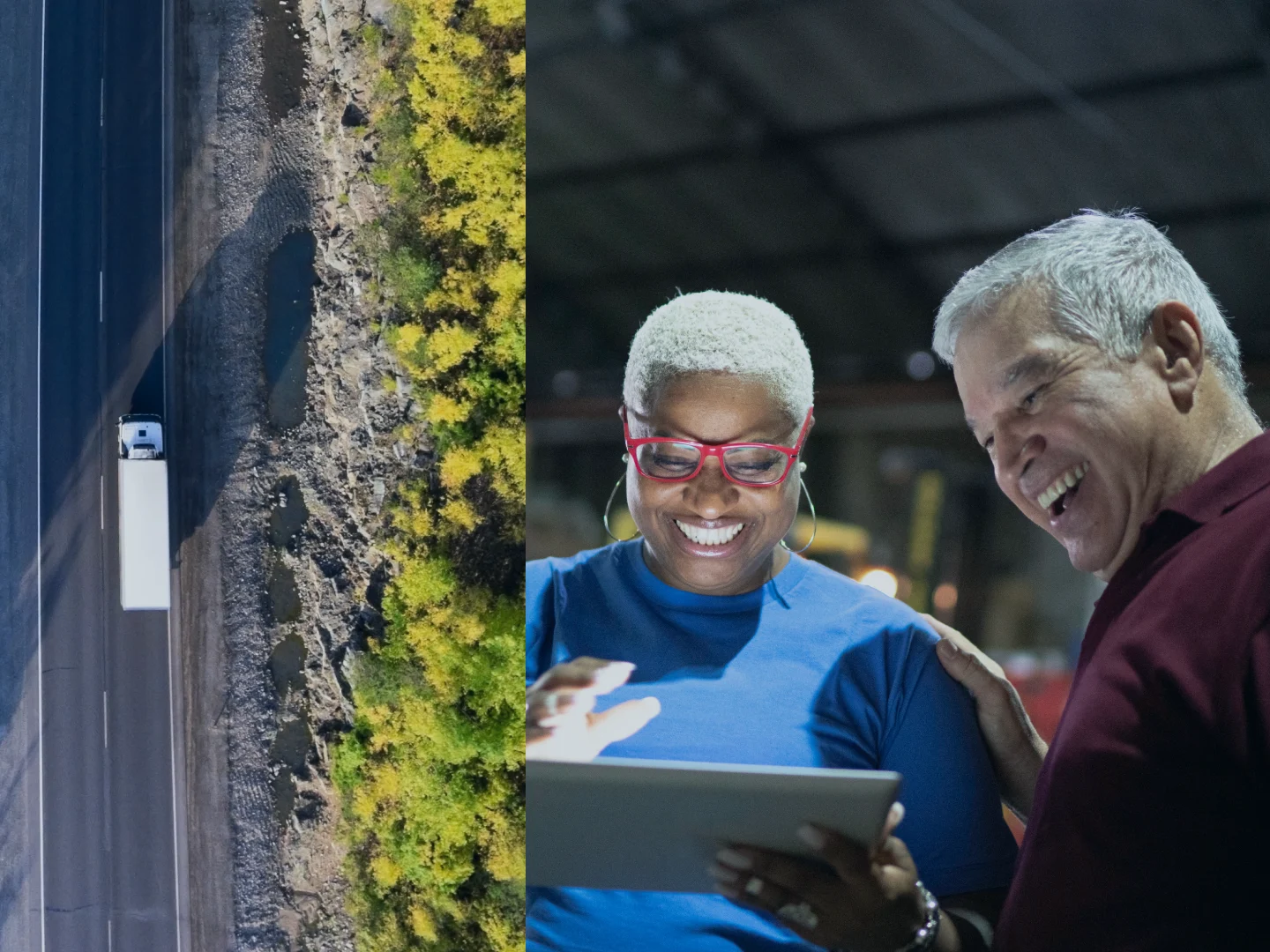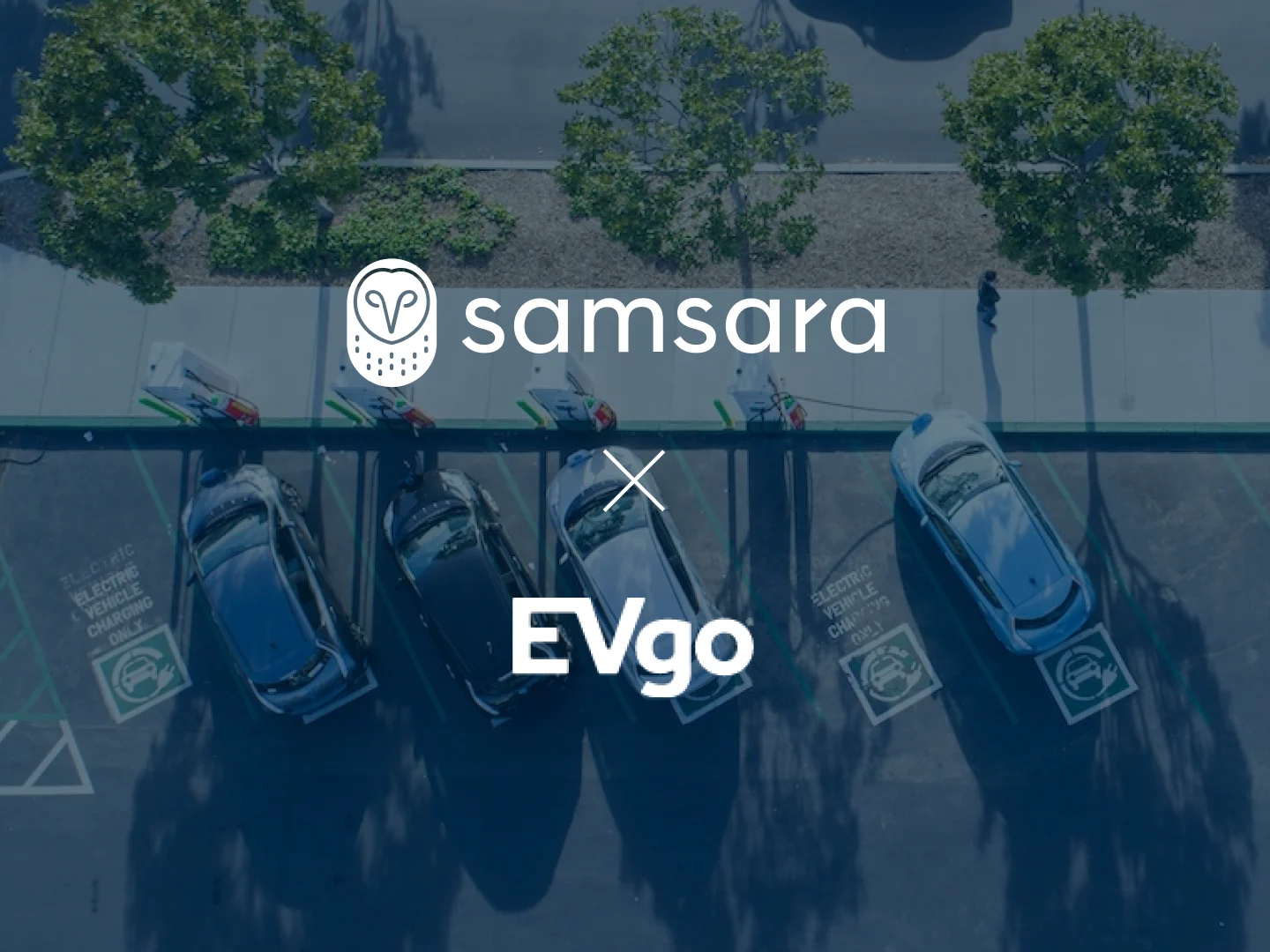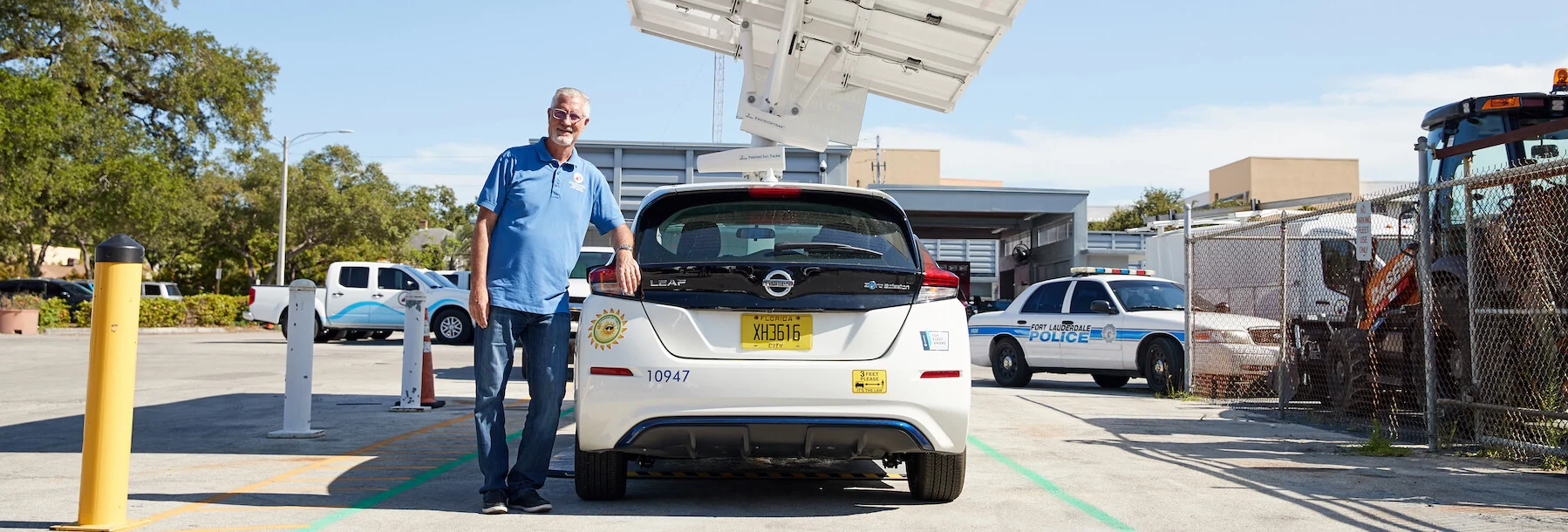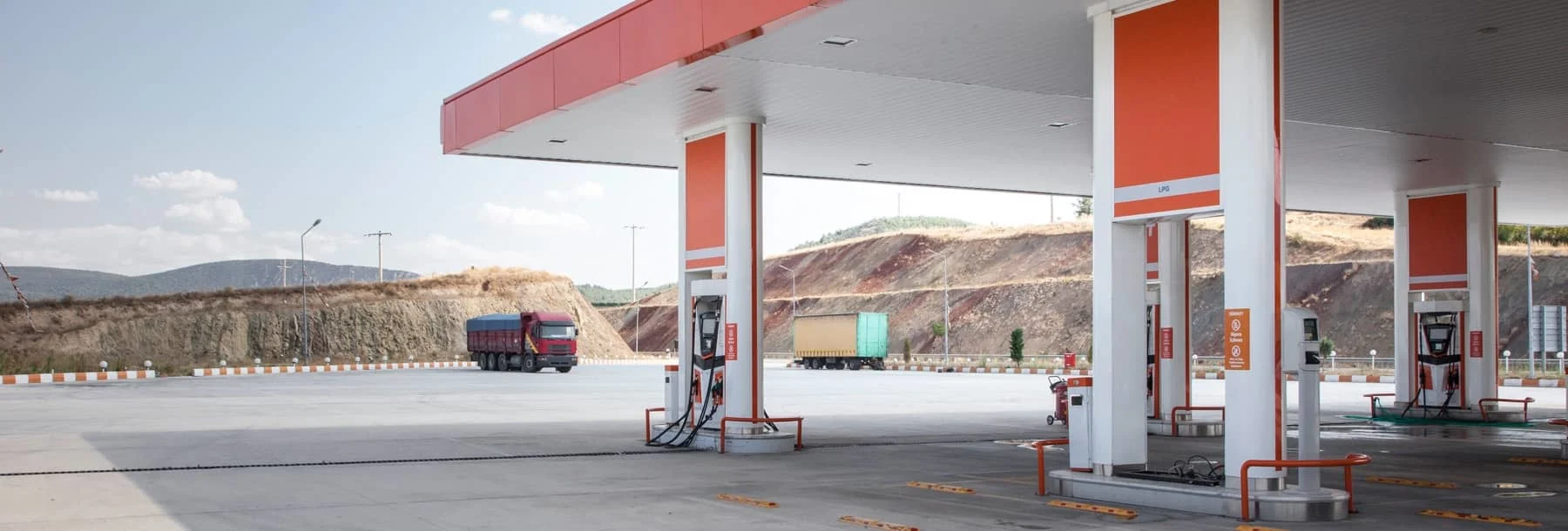Sustainability
Build Your Sustainability Strategy: 4 Tips from Summit Materials
April 26, 2022
Communications Lead

Get the latest from Samsara
Subscribe nowEnvironmental, Social, and Governance (ESG) initiatives are increasingly important for companies around the world, including at Samsara. We’re seeing firsthand how customers are using our solutions to improve the safety and sustainability of their operations, enabling them to make progress and report to their stakeholders.
Headquartered in Denver, Colorado, Summit Materials is one such customer. Summit’s vision is to be the most socially responsible integrated construction materials solution provider on the market. With more than 4,000 vehicles, 6,000 employees, and 12 operating companies, Summit’s operations span across the United States and Canada.
We sat down with Karli Anderson, EVP, Chief ESG Officer and Head of Investor Relations, and Prabhjot Bal, Environmental, Social & Governance Analyst at Summit Materials, to learn more about how they approached the environmental pillar of their ESG strategy, and share best practices for other companies looking to reduce their footprint.
Tip #1: Determine your key stakeholders to guide your focus areas
Before you can set specific goals, it’s important to focus on aligning your initiatives with your organization’s key stakeholders. For Summit, that’s their investors, customers, employees, and local communities.
As a publicly-traded company, Summit noticed a significant uptick in interest from investors and customers on their sustainability initiatives. “As investors and customers begin to focus more on climate change and the environment, it’s important for companies to understand their environmental impacts and communicate how they are thinking about the future of their business,” said Anderson.
Since Summit operates over 400 locations within local communities, many of which are in rural and exurban areas, they also recognize the importance of gaining local support through transparency. One way they do this is by disclosing emissions information, tracking fuel consumption, and installing water meters to provide enhanced transparency about their impacts. Summit quickly recognized that robust environmental performance is not only the right thing to do but that it is key to achieving their vision.
Tip #2: Get baseline data before you set sustainability goals
Before you set specific goals, Anderson recommends that you ensure baseline data has been gathered so that you have a good understanding of the current state of your operations.
To better understand their impacts, in 2021, Summit completed a baseline study of Greenhouse Gas Emissions (GHGs), water, and waste inventory. The baselining was completed in accordance with the principles and guidance of the World Resources Institute (WRI), World Business Council for Sustainable Development (WBCSD), GHG Protocol, and the Cement Sustainability Initiative’s (CSI) protocol for corporate GHG accounting and reporting.
After considering their stakeholders and state of operations, one significant goal Summit committed to was reducing CO2 emissions to reach net-zero by 2050.
Tip #3: Make sure your technology partner can provide accurate emissions data
If you’re having trouble collecting the emissions data you need to set actionable goals, you may want to reevaluate your technology partner.
Before Summit partnered with Samsara, they had trouble getting accurate fuel usage data, which is one indicator of their overall emissions. “A challenge we faced was ensuring that we had all the data necessary for our transportation-related emissions,” said Anderson. Instead of tracking fuel used, Summit was only able to track fuel purchased, which didn’t provide an accurate look at their fleet’s fuel usage and efficiency.
After expanding their use of Samsara to leverage the data gateway, Summit was able to improve the accuracy of their fuel data and begin tracking critical stats such as fuel efficiency, fuel usage, and idle times. “Having a system like Samsara gives us a clear picture of emissions data for each of our vehicles,” said Bal. Now, Summit is able to set more accurate benchmarks to guide their initiatives.
Tip #4: Empower employees with data to improve engagement
In order to get employees involved with their broader sustainability initiatives, Summit hosted training sessions with each of their 12 operating companies. These training sessions began with providing employees with more background on what ESG is, how it has evolved, and how Summit is putting their plans into practice.
In follow-up training sessions, Summit provides each business unit with their own in-depth emissions data. “We believe that each of our employees should know the emissions profile of their vehicle. We show them how much water or fuel they’re using, and give them specific actions they can take to reduce their impact,” said Bal.
Additionally, Summit has set up a sustainability council to get employees across the company involved in future environmental policy decisions. So far, the council has grown to 90 volunteer members. “Our sustainability council helps show employees that we’re committed to reducing our emissions,” said Bal.
By showing employees how they can individually make a positive impact, Summit has seen engagement with their initiatives soar.
Set your sustainability goals with the support of the Samsara Connected Operations Cloud
To learn more about how Samsara’s all-in-one connected operations platform can help your organization, please visit: https://www.samsara.com/solutions/sustainability/
Get the latest from Samsara
Subscribe now

















